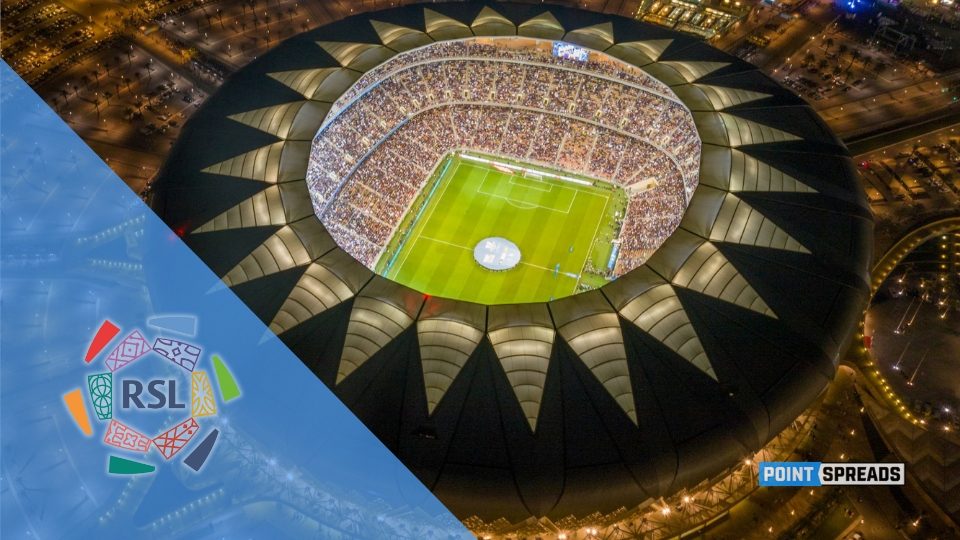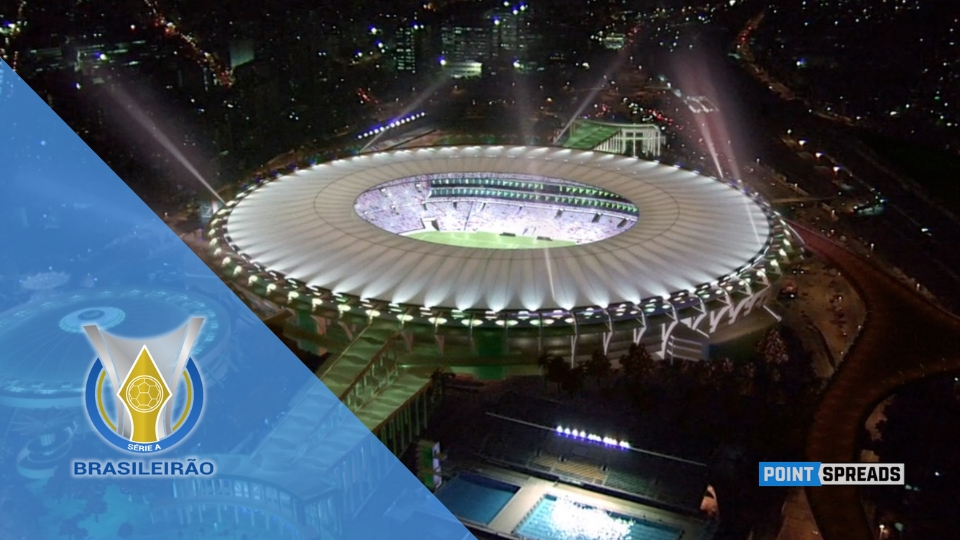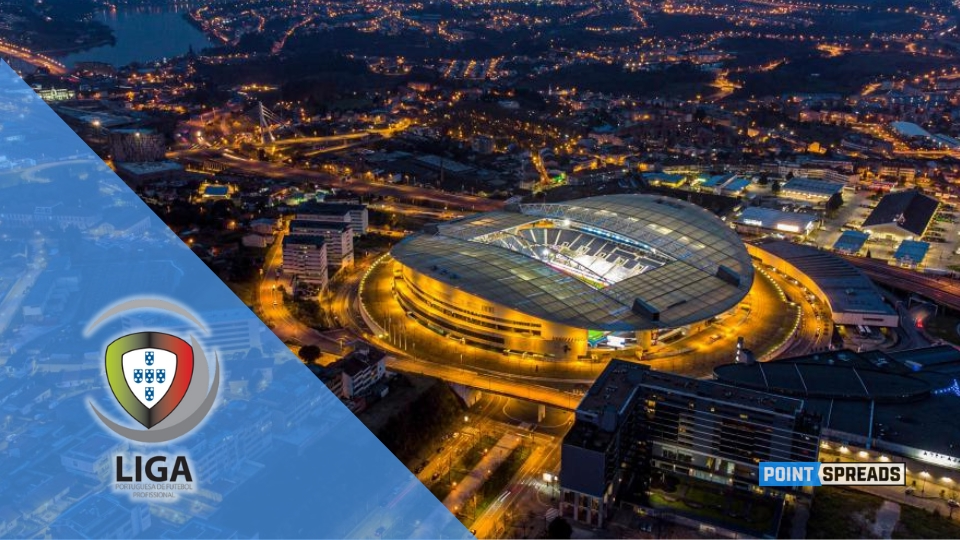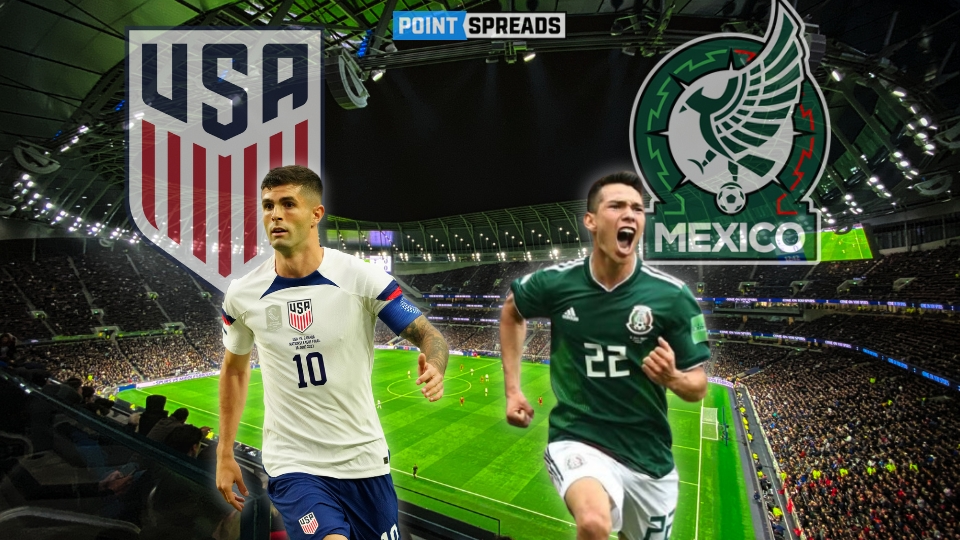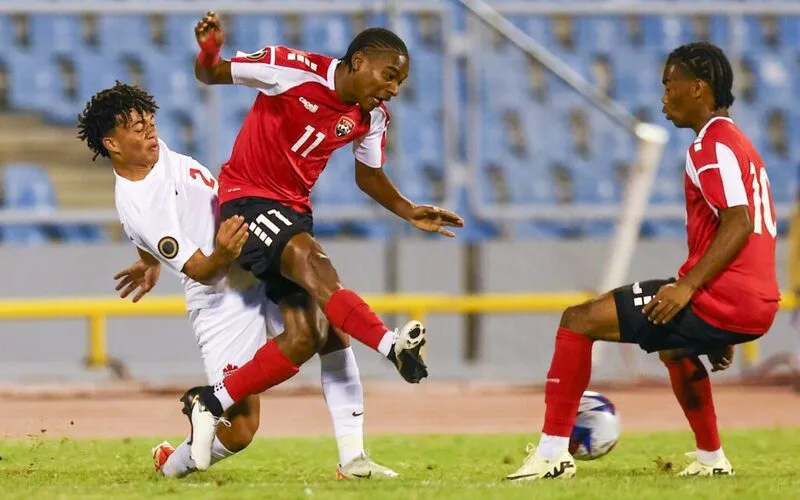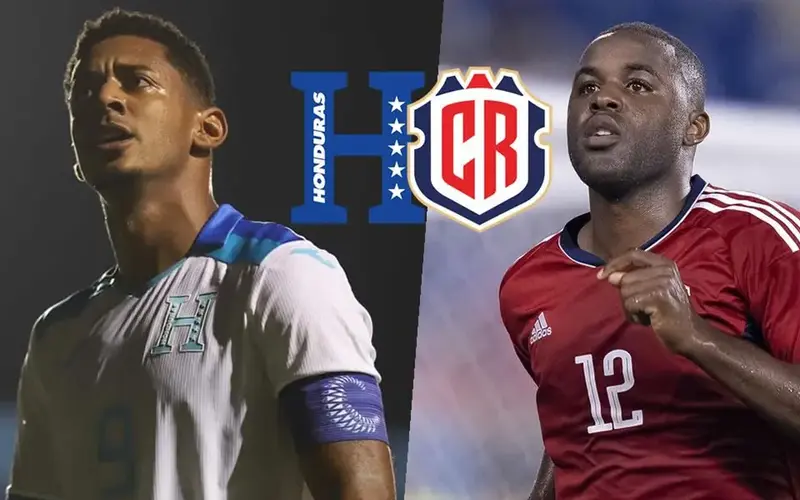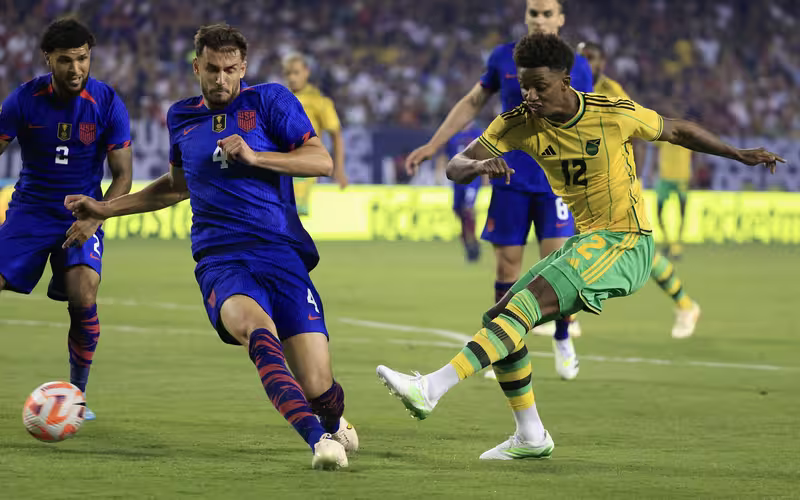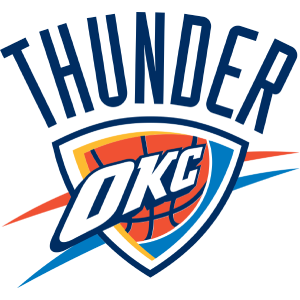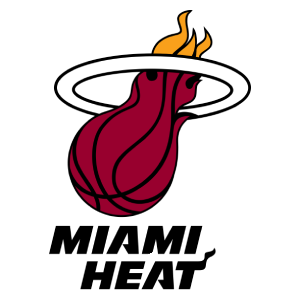Australia
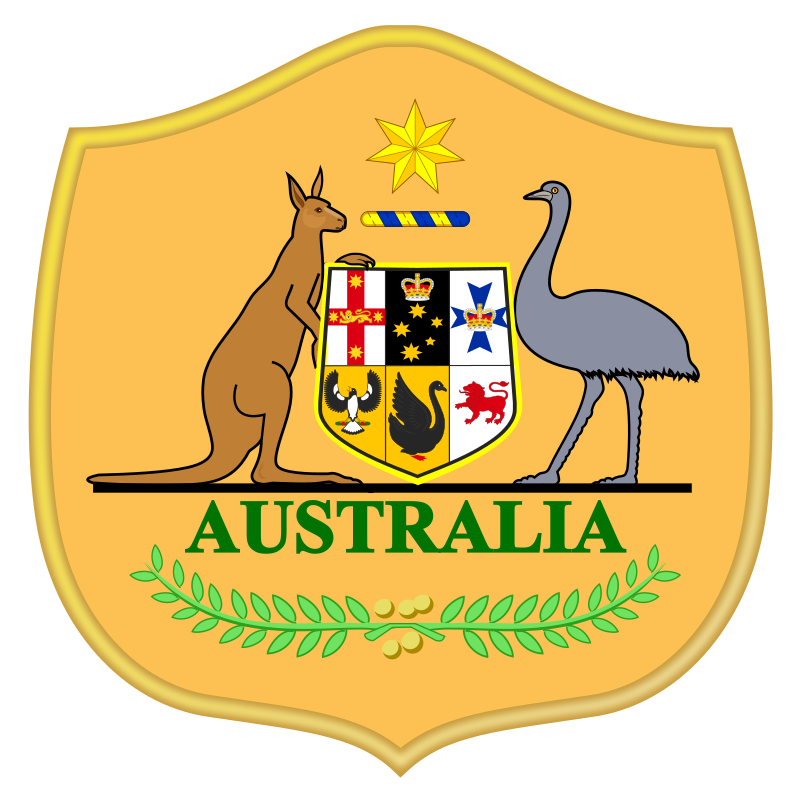
National Team Information
- Tim Cahill – Goals: 49
- Damian Mori – Goals: 29
- Archie Thompson – Goals: 27
- Damian Mori – Goals: 26
- Attila Abonyi – Goals: 25
Tim Cahill is Australia’s all time leading goalscorer and scored at three different World Cups. Cahill is a one-time Ballon d’Or nominee and a Millwall and Everton legend. An aggressive box-to-box midfielder, Cahill was known for his heading ability despite his 5’10” height. He won both an OFC and AFC cup with Australia.
In 2012 Harry Kewell was voted Australia’s greatest ever footballer. Kewell scored a crucial goal against Croatia in 2006 that sent Australia through to their first World Cup knockout stage. Kewell won a UEFA Champions League with Liverpool and scored 17 goals in 58 appearances for Australia.
Mark Schwarzer is considered one of the best Premier League goalies of all time. He played for Australia for 20 years, from 1993-2013, and made 109 appearances. Schwarzer’s two saves in a penalty kick shootout versus Uruguay were instrumental in Australia qualifying for the 2006 World Cup.
Mark Viduka captained the Australia national football team in their best World Cup performance, in 2006. Viduka, a forward, scored 30 goals in just 37 league appearances for Celtic from 1998-2000 and won three Croatian league titles with Dinamo Zagreb. Viduka scored 11 goals in 43 matches for Australia.
Johnny Warren, nicknamed Captain Socceroo, may have had a bigger impact on soccer in Australia than any other player. Warren captained the Australia national team in the 60s and 70s and made 42 appearances. The A-League MVP award is named after Warren, and he was heavily involved with growing the sport in Australia after he retired.
In 2006, Australia qualified for their first World Cup since 1974 and got off to an excellent start. Despite trailing 1-0 for the majority of their match vs. Japan, Australia went on a late scoring spree. Tim Cahill scored twice starting in the 84th minute and John Aloisi added another as Australia picked up a late 3-1 win.
The Socceroos fell to Brazil 2-0 in their next match as Adriano and Fred got on the scoresheet. In the group stage finale, Harry Kewell scored the game-tying goal vs. Croatia in a 2-2 draw. The point was enough for Australia to advance to their first ever knockout stage.
In the round of 16, Australia faced three-time champions Italy. The Azzurri’s Marco Materazzi was sent off controversially but the Socceroos were unable to capitalize. With the match at 0-0 late into stoppage time, Italy were awarded an equally controversial penalty. Francesco Totti converted and the Italians went on to win their fourth World Cup. Australia had a lot to be proud of in their first knockout stage appearance.
Australia’s 2010 World Cup performance is generally seen as incredibly disappointing, given coach Holger Osieck’s failed defensive tactics. However, 2014 was the first time Australia failed to register a single point at the World Cup. Part of it, undoubtedly, is the group Australia were drawn into.
The Socceroos had defending World Cup champions Spain, 2010 finalists Netherlands and a dangerous Chile side in the group. Australia’s first match vs. Chile was their best chance to win but they lost 3-1. With just over 35 minutes to play vs. the Netherlands, Australia led 2-1. However, Robin van Perise and Memphis Depay were on target to secure a comeback win for the Oranje. Playing solely for pride in their last match, Australia fell to Spain 3-0 and finished with a -6 goal difference.
Australia National Football Team History
Beginnings
Australia played their first international soccer game in 1922 versus New Zealand but lost 3-1. The Australia national football team weren’t very competitive in the early years as air travel was often prohibitively expensive. Hence, Australia had to settle for playing New Zealand and national teams on tour in Oceania.
In 1956, Melbourne hosted the Olympics and the Australian team played in a big tournament for the first time. Their performance, however, was disappointing. In the coming years, Australia came close to a World Cup berth but lost in qualifying playoffs in both 1966 and 1970.
Australia national football team won their second OFC Nations Cup in 1996, qualifying for the 1997 FIFA Confederations Cup. The Socceroos did well, drawing with Brazil 0-0 in the group stage and defeating Uruguay in the semifinals 1-0. However, Brazil defeated Australia 6-0 in the final in a group stage rematch.
Winning the Bronze
Four years later at the 2001 FIFA Confederations Cup, Australia defeated defending World Cup champions France in the group stage. With a win over Brazil in the third place match, Australia won the bronze.
In 2005, Australia joined the Asian Football Confederation but went through Oceania Qualifying for World Cup 2006. In the intercontinental playoff, Australia national football team lost the first leg 1-0 to Uruguay. In Sydney, in the second leg, Mark Bresciano scored a first-half goal to level the fixture. After extra time, Socceroos goalie Mark Schwarzer made two saves to send Australia to their first World Cup since 1974.
First-Ever Win at a World Cup
Australia national football team were the second-lowest ranked team heading into Germany 2006 but got their first ever win at a World Cup in their opener. Tim Cahill scored twice as the Socceroos scored three goals in the last seven minutes against Japan in a 3-1 win. Australia lost to Brazil 2-0 and drew with Croatia to advance to the round of 16. In Australia’s first knockout stage appearance, Italy defeated Australia 1-0 on a controversial late penalty.
In their first AFC World Cup qualifying campaign, Australia topped their group and qualified for the 2010 World Cup. At South Africa 2010, The Socceroos finished with an identical 1-1-1 record to 2006 but were eliminated in the group stage.
The first Australia FIFA World Cup appearance was in 1974, but the Socceroos didn’t do as well as hoped. West and East Germany picked up shutout wins over Australia in the first two matches, eliminating them from knockout stage contention. Australia did pick up their first World Cup point in a scoreless draw against Chile in the group stage finale.
The Socceroos first won a continental tournament in 1980 at the OFC Nations Cup. Ian Hunter and Eddie Krnecevic scored five goals each. One of Australia’s best ever wins came in 1988, when they defeated defending World Cup champions Argentina 4-1 in the Australian Bicentennial Gold Cup.
Hosting the AFC Asian Cup
Four years later at Brazil 2014, Australia national football team were drawn into the group of death. They dropped all three matches, to Chile, Spain and the Netherlands and went home early. However, they were praised for their competitive performances.
In 2015, Australia hosted the AFC Asian Cup for the first time. Despite losing to South Korea in their final group stage match, wins over Kuwait and Oman were enough to see them through. The Socceroos got consecutive 2-0 wins over China and the UAE to advance to to a second straight final. In a rematch against South Korea, Australia won 2-1 in extra time to win their first title.
Dramatically Qualifying for Quatar 2022
Australia made their fourth consecutive FIFA World Cup in 2018 but only came away with a point. They were the only winless AFC team at the tournament. The Socceroos qualified for Qatar 2022 in dramatic fashion, with a penalty shootout victory over Peru. Coach Graham Arnold subbed out starting keeper Mat Ryan and replaced him with Andrew Redmayne just for the shootout. Redmayne’s unorthodox dancing routine before Peru’s penalty kicks seemed to have worked, as he made the winning save.
Check out the latest FIFA World Cup news and betting analysis.
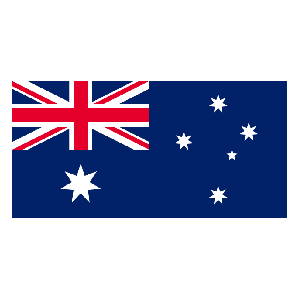
Australia Soccer Leagues & Clubs:
A-League:
The top-level Australian soccer league is called the A-League. There are 12 teams in the A-League, 11 are from Australia and one is from New Zealand. There are 26 rounds in the regular season, then the top six teams qualify for the playoff. The top two teams receive a bye to the semifinals. In the single-elimination first round, the third-placed team takes on the sixth-placed team and the fourth-placed team faces the fifth-placed team. The semifinals are two-legged but the “Grand Final” is played as a single match. There is no promotion or relegation to and from the A-League.
A-League Clubs 2022-23
| Team |
|---|
| Adelaide United |
| Brisbane Roar |
| Central Coast Mariners |
| Macarthur FC |
| Melbourne City |
| Melbourne Victory |
| Newcastle Jets |
| Perth Glory |
| Sydney FC |
| Wellington Phoenix |
| Western Sydney Wanderers |
| Western United |
Australian Cups & Tournaments
Australia’s soccer teams compete in the annual Australia Cup. This is the national knockout tournament and the final tournament features 32 teams. There are a lot of qualifying rounds preceding the tournament that most amateur clubs participate in. In fact, the Australia Cup is the only way that A-League teams and lower-league teams can meet in official competition. The top eight teams from the previous season’s A-League get a direct bye to the round of 32.
Australian Soccer Betting Information
Betting on the A-League
Australian soccer betting is relatively new. The A-League was only founded in 2004 and played its first season in 2005-06. It is similar to MLS, in the sense that there is no promotion and relegation and there is both a regular season and playoff champion. Due to the fact that the playoff is only three rounds, there may be a lot of randomness. This could present an opportunity for value outright odds betting. In the 2021-22 season, number three seed Western United won their first-ever A-League Grand Final. It was the second straight season in which there was a first-time winner. Melbourne City won their first trophy in 2020-21.
The A-League might not be a very strong league but it doesn’t lack excitement. In the 2021-22 season, 2.89 goals per game were scored. Three or more goals were also scored in 57 percent of matches. Only four percent of matches finished in scoreless draws and both teams scored 56 percent of the time. Home teams had quite a large advantage in the 2021-22 season as well. They won 47 percent of their matches. Meanwhile, road teams won 29 percent of the time and 24 percent of matches finished in draws.
Australia National Team Betting Tips & Odds
The Socceroos defy expectations, soaring beyond rankings and hurdles, aiming for a fourth consecutive knockout stage berth with a new generation of talent.
The Socceroos of Australia are coming off of their best-ever performance at a World Cup. Betting tips often predicted France and Denmark would advance out of Group D. In fact, Australia were the lowest ranked team in the group but still managed to advance in second place. It was a long journey just to reach the World Cup, as Australia had to win the Asian playoff vs. the UAE and intercontinental playoff vs. Peru just to make it to Qatar. They’ve also made it out of the group stage of the last three AFC Asian Cups.
Graham Arnold’s Socceroos will aim to make it a fourth straight knockout stage berth in June 2023. Over the next few years, players like Harry Souttar, Ajdin Hrustic and Jackson Irvine should be key for Australia. Some of Australia’s best players, like Aaron Mooy, Mitchell Duke and Matthew Leckie will be in their mid 30s by the time the next World Cup comes around, though. Asia is an underrated confederation, which makes qualifying difficult. Still, Australia have appeared at every edition of the World Cup since 2006.
Conclusion
Australia’s A-League isn’t often discussed but the format makes it an exciting league for soccer betting. The six-team playoff could be an intriguing place to start for punters.
Meanwhile, the Australia national team punched above its weight at Qatar 2022. The Socceroos have developed into World Cup mainstays and would be disappointed not to qualify for the 2026 World Cup.


